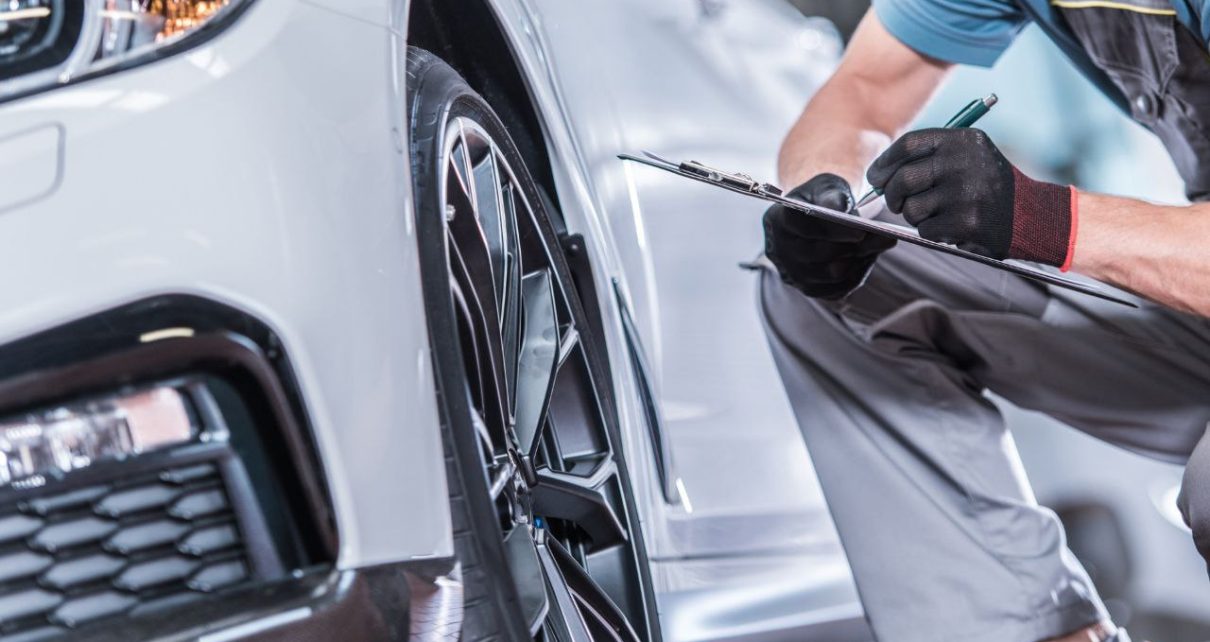Regular maintenance and upkeep of a vehicle is essential to ensure its longevity and safety. Neglecting to take care of a car can result in costly repairs and even accidents. Car safety features are designed to protect drivers and passengers in the event of a crash, but they can only do so much if the vehicle is not properly maintained. In this article, we will discuss how to keep your vehicle in top condition to maximize the effectiveness of its safety features.
One of the most important aspects of maintaining a car is keeping up with its regular maintenance schedule. This includes oil changes, tire rotations, and brake inspections. Following the manufacturer’s recommended maintenance schedule can help prevent major issues from occurring and keep the car running smoothly. It can also help identify any potential safety concerns before they become serious problems.
In addition to regular maintenance, there are other steps that drivers can take to keep their vehicles in top condition. This includes keeping the car clean and protecting it from the elements, driving defensively and avoiding aggressive driving behaviors, and being aware of any warning signs or unusual noises that may indicate a problem. By taking these steps, drivers can help ensure that their car’s safety features are functioning properly and that they are protected in the event of an accident.
Understanding Car Safety Features
Car safety features are essential to keep you and your passengers safe while driving. Understanding the different types of safety features can help you make informed decisions when purchasing a vehicle.
Active Safety Technologies
Active safety technologies are designed to prevent accidents from happening. These technologies are typically built into the vehicle and can help the driver avoid collisions. Examples of active safety technologies include:
- Anti-lock Braking System (ABS): This technology prevents the wheels from locking up during sudden braking, allowing the driver to maintain control of the vehicle.
- Electronic Stability Control (ESC): ESC helps the driver maintain control of the vehicle during sudden turns or maneuvers.
- Blind Spot Monitoring: This technology uses sensors to detect vehicles in the driver’s blind spot and alerts the driver to their presence.
Passive Safety Systems
Passive safety systems are designed to protect the occupants of the vehicle in the event of a collision. These systems are typically built into the vehicle and are activated during a crash. Examples of passive safety systems include:
- Seatbelts: Seatbelts are designed to keep the occupants of the vehicle in their seats during a collision.
- Airbags: Airbags are designed to reduce the risk of injury to the occupants of the vehicle during a collision.
- Crumple Zones: Crumple zones are designed to absorb the energy of a collision, reducing the impact on the occupants of the vehicle.
Understanding the different types of car safety features can help you make informed decisions when purchasing a vehicle. Always make sure to check the safety ratings of a vehicle before making a purchase.
